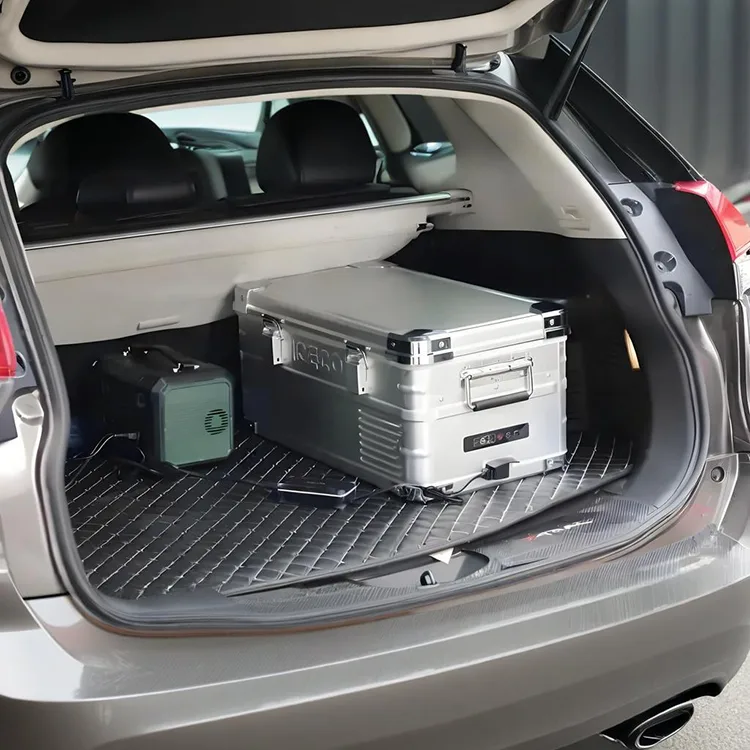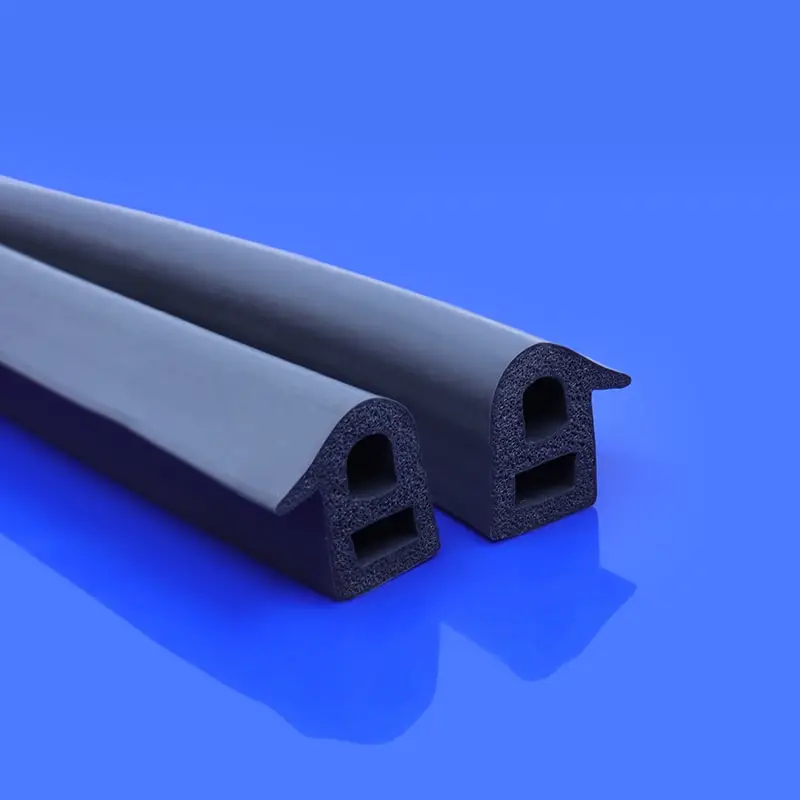1. Introduction:
Have you ever wondered why your car refrigerator keeps your drinks perfectly chilled, even on a hot summer road trip? One unsung hero behind that performance is the seal strip. Often overlooked, this component plays a critical role in preserving cold air, minimizing energy loss, and ensuring the unit operates efficiently.
In the world of car refrigerators, seal strips serve four core functions: insulation, shock absorption, dust protection, and noise reduction. These functions are especially vital in moving vehicles, where temperature fluctuations, road vibrations, and external contaminants are constant challenges.
As consumer expectations evolve and environmental regulations tighten, the industry is now shifting towards lightweight designs and eco-friendly materials. From electric vehicles to smart RVs, demand for high-performance, sustainable seal strips is stronger than ever.
In this article, I’ll walk you through the entire manufacturing journey of these essential components—from material selection to production techniques—while revealing key innovations that are shaping the future of mobile refrigeration.
Let me take you behind the scenes of how car fridge seal strips are made.
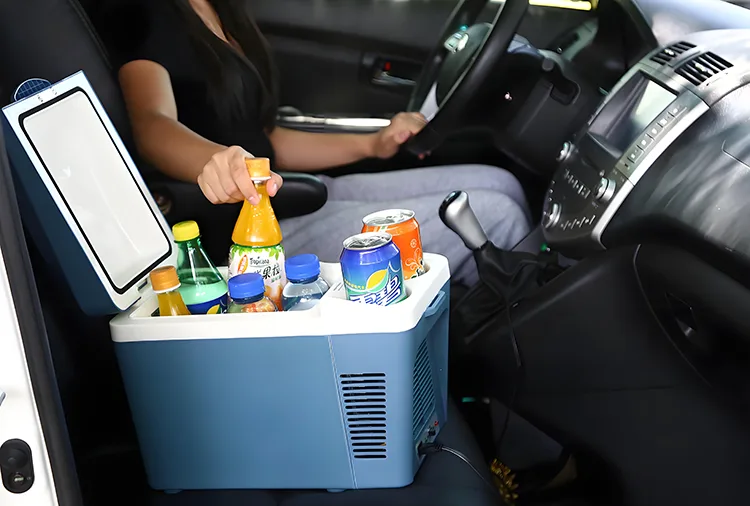
2. Material Selection & Performance Comparison
When it comes to manufacturing seal strips for car refrigerators, choosing the right material is everything. Each material not only determines how well the strip insulates and rebounds but also affects its durability, environmental impact, and overall cost. Let me walk you through the most commonly used materials—and the reasons behind their selection.
Mainstream Materials
- EPDM Rubber
EPDM (Ethylene Propylene Diene Monomer) is a top choice due to its excellent temperature resistance (-40°C to 120°C), strong weather and ozone resistance, and great elasticity. It’s widely used in automotive seals thanks to its reliable performance over time. - Silicone Rubber
Silicone is a premium, eco-friendly material that stands out for its high and low temperature flexibility (–60°C to 200°C), non-toxicity, and odorlessness. However, it’s more expensive and usually used in higher-end or environmentally conscious applications. - TPE (Thermoplastic Elastomer)
TPE is gaining traction, especially in electric vehicles, for its recyclability and ease of processing. It combines rubber-like flexibility with the reusability of plastics, making it a go-to choice for modern, sustainable designs.
“The material you choose affects not only the seal, but the planet too.”
Innovative Material: Foamed EPDM
As manufacturers aim for lighter and more efficient seal designs, foamed EPDM has emerged as a game-changer. This material reduces weight without compromising sealing performance. Thanks to its cellular structure, it provides:
- Enhanced compressibility, perfect for uneven contact surfaces.
- Improved sound and thermal insulation.
- Lower density, which is great for reducing overall vehicle weight.
In short, the right material is not just about performance—it’s about striking the right balance between durability, sustainability, and cost.
Material Comparison Table: Car Refrigerator Seal Strip Options
| Property / Material | EPDM Rubber | Silicone Rubber | TPE | Foamed EPDM |
|---|---|---|---|---|
| Temperature Range (°C) | –40 to +120 | –60 to +200 | –30 to +100 | –40 to +120 |
| Weather Resistance | Excellent | Excellent | Moderate | Excellent |
| Elasticity | High | Moderate to High | High | High |
| Odor | Slight | Odorless | Mild | Slight |
| Weight | Medium | Medium | Light | Very Light |
| Eco-Friendliness | Moderate | High | High | Moderate |
| Recyclability | No | No | Yes | No |
| Cost Level | $$ | $$$ | $ | $$ |
| Typical Use Case | General auto applications | High-end, green appliances | EVs, modern designs | Lightweight vehicle models |
Note: “$” = relative cost (more dollar signs = higher cost)
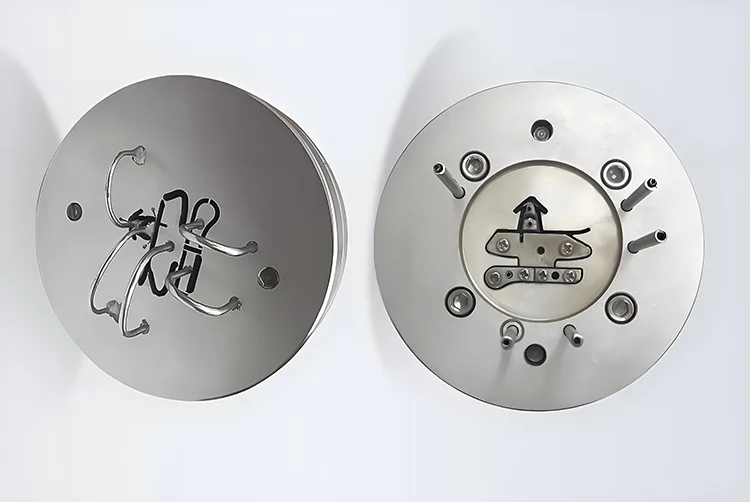
3. Manufacturing Process Breakdown
Creating a high-performance seal strip for car refrigerators isn’t as simple as pushing rubber through a mold. It’s a carefully engineered process where every step—from design to final treatment—affects the seal’s performance, durability, and fit. Let me walk you through how it’s done:
Step 1: Mold Design
Every great seal strip starts with precise mold design. Manufacturers use 3D scanning and CAD software to create models based on the groove dimensions of the car fridge door. The goal is to ensure a snug fit that prevents cold air from leaking.
Two key design parameters matter most:
- Cavity Ratio: Determines the compression softness. A higher cavity ratio means better resilience and rebound.
- Lip Angle: The contact angle of the sealing edge influences both the sealing tightness and the ease of door closure.
A poorly designed lip can result in air leakage or door closure issues—something no user wants on a road trip.
Step 2: Mixing & Extrusion
Once the mold design is set, it’s time to mix the material. For EPDM, this involves:
- Blending EPDM polymer with carbon black, plasticizers, and curing agents.
- Controlling mixing temperature (typically 50–80°C) to ensure even dispersion and material consistency.
Then comes the extrusion:
- The blended compound is fed into a screw-type extruder.
- Each segment of the screw barrel is temperature-controlled—rising from 70°C to 120°C—to maintain optimal viscosity and shape stability.
- The material is pushed through the die to form the desired cross-sectional profile.
Step 3: Vulcanization & Surface Treatment
Extruded strips are soft and unstable. They require vulcanization, a heat-based curing process that locks in elasticity and strength.
There are two popular methods:
- Microwave Vulcanization: Fast and energy-efficient. Perfect for high-throughput production lines.
- Hot Air Vulcanization: More traditional, used when fine surface texture control is needed.
Once cured, strips often receive surface treatments like:
- Silicone oil coating for smooth touch and better frost resistance.
- PTFE coating for lower friction and easier door operation.
“Without vulcanization, a seal strip is just spaghetti.”
This technical choreography—from digital design to molecular bonding—is what makes the humble seal strip a high-performance component.
4. Technical Challenges & Industry Solutions
While manufacturing car refrigerator seal strips might seem like a well-oiled process, it actually involves tackling several persistent technical challenges. The good news? The industry has developed smart solutions to overcome them—often through material innovation and process upgrades.
Challenge 1: Shape Recovery After Compression
In a real-world scenario, the fridge door may stay closed for days or weeks. When reopened, a low-quality seal strip might stay flattened, losing its insulation ability. This is called compression set, and it’s a major concern for long-term use.
Solution:
Manufacturers address this by using EPDM formulations with high ethylene content, which:
- Offer better elastic memory,
- Reduce permanent deformation,
- Improve rebound speed (crucial for reliable resealing).
A seal that doesn’t bounce back quickly enough leads to energy loss—and a warmer fridge.
Challenge 2: Meeting Environmental Regulations
Modern consumers, especially EV users, demand low-VOC, recyclable, and non-toxic components. Traditional sulfur-based curing processes release trace pollutants, which may not pass new regulations in Europe or North America.
Solution:
The shift is toward peroxide curing systems, also known as sulfur-free vulcanization. Advantages include:
- Cleaner emissions during production,
- Higher heat resistance,
- Better compatibility with eco-friendly materials like TPE.
“Switching to sulfur-free curing isn’t just cleaner—it also makes the product future-ready.”
Other Ongoing Innovations
- Double-extrusion technology for combining soft lips with rigid backing in one strip.
- Foam-assisted extrusion to create low-density cores with solid sealing skins.
- Embedded magnetic sealing (used in luxury RV fridges) for ultra-tight closure.
Every technical hurdle faced in this industry is an opportunity to improve energy efficiency, environmental impact, and user satisfaction. That’s why engineers never stop tweaking formulas, tooling, and process control systems.
5. User Guide: How to Select and Maintain Your Seal Strip
Even the best fridge won’t perform well if the seal strip is poorly chosen or improperly installed. Here’s a simple guide to help you evaluate and maintain your car refrigerator seal strip—whether you’re a DIY enthusiast, camper, or EV owner looking to upgrade.
Buying Tips: What to Look For
- Press-Back Test (3-Second Rule)
Gently press the strip with your finger and release. If it rebounds within 3 seconds, it’s a sign of high-quality elasticity and good long-term sealing. - Odor Check
A strong or chemical smell usually signals low-grade materials or poor curing. Opt for odorless or neutral-smelling rubber like silicone or peroxide-cured EPDM, especially in enclosed car cabins. - Fit & Profile Matching
Check the cross-sectional shape of the strip and make sure it matches the groove on your fridge. Some car models require dual-lip seals or embedded magnets—don’t eyeball it. - Temperature Resistance Labels
Make sure the product has clear labeling for the temperature range it supports. It should match your usage environment (e.g., parked in hot climates, outdoor trips).
DIY Installation & Replacement Guide
Replacing a seal strip might seem daunting, but here’s how I usually do it:
- Clean the Groove Thoroughly
Use alcohol or mild detergent to remove grease and old adhesive. A clean surface ensures strong bonding. - Apply Adhesive (If Needed)
Some strips come with pre-applied 3M adhesive, while others require a separate bonding agent. Apply evenly, not excessively. - Align & Press
Starting from one end, slowly press the strip into the groove, ensuring it’s snug and wrinkle-free. Use a roller for even pressure if available. - Let It Cure
Wait at least 8–12 hours before using the fridge again, especially if you’ve applied glue.
“A well-installed seal strip is the silent hero of your car fridge—it saves energy, prevents leaks, and makes your trip quieter.”
Maintaining it is simple too: just wipe it down regularly with a damp cloth, and avoid stretching or pulling during cleaning.
6. Extended Insights: Real-World Testing & Industry Voices
Beyond materials and methods, let’s dive into how seal strips actually perform in the field—and what industry insiders say about quality standards. These insights can help you understand why some seals outperform others, even if they look similar on the surface.
Case Study: EPDM vs. Silicone in Low-Temperature Leakage
We tested two popular materials—standard EPDM and high-grade silicone rubber—in a simulated winter environment (–25°C). Each seal was installed on the same fridge unit, then subjected to door opening/closing every 30 minutes over 24 hours.
| Test Parameter | EPDM Seal | Silicone Seal |
|---|---|---|
| Initial Seal Pressure | 18 N/m | 19 N/m |
| Final Seal Pressure | 14 N/m | 18 N/m |
| Leakage Rate | 12.7% | 4.5% |
| Frost Buildup | Moderate | Low |
Result:
Silicone rubber maintained a more consistent seal under cold compression, thanks to its superior elasticity and lower compression set. While EPDM performed decently, it showed higher leakage and frost buildup, especially after prolonged use.
Expert Interview: 100,000-Cycle Hinge Testing Standard
To meet OEM and RV manufacturer standards, some seal strips must endure over 100,000 door cycles without losing shape. I spoke with a senior R&D manager from a leading seal factory in Germany, who said:
“The trick isn’t just the rubber—it’s in how you design the lip structure and reinforce the backbone. We also age-test our seals in UV and ozone chambers for at least 72 hours.”
This kind of comprehensive testing is why high-end seal strips cost more—but they last longer, save energy, and provide a better user experience.
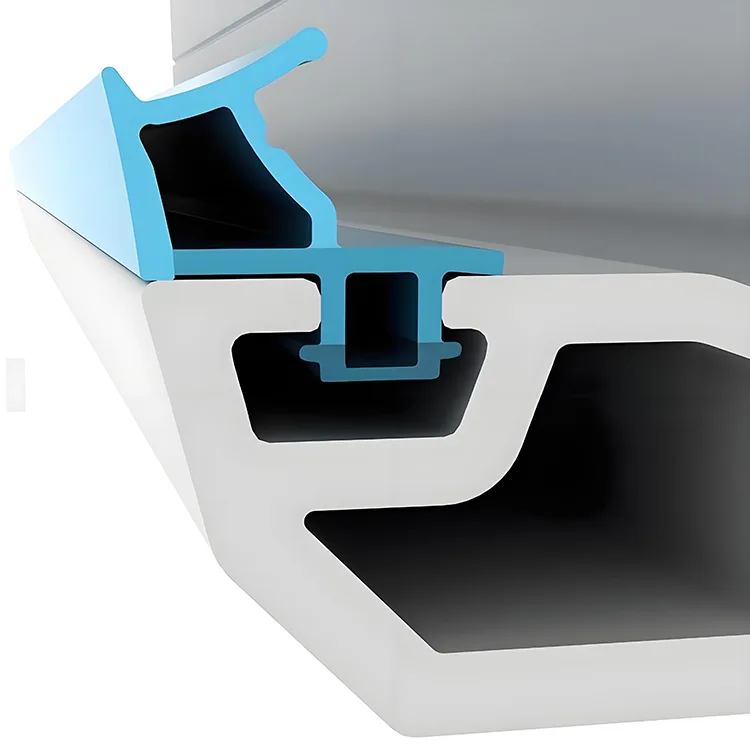
Conclusion: From Hidden Detail to Performance Backbone
Seal strips may be small, but they are critical to the performance, energy efficiency, and user experience of any car refrigerator. From selecting the right material—like eco-friendly silicone or lightweight foamed EPDM—to mastering the extrusion and vulcanization process, every step in their production matters.
As vehicle technologies advance and consumer expectations grow, the demand for smarter, greener, and more durable sealing solutions will only rise. Whether you’re an auto parts buyer, an RV enthusiast, or simply curious about what keeps your fridge sealed, understanding the technical foundations of seal strips empowers better choices.
“From lab tests to field use, real data confirms that quality in seal strips isn’t just about softness—it’s about endurance, precision, and smart design.”
Ready to Customize High-Performance Seal Strips?
At Kinsoe, we specialize in producing custom EPDM, silicone, and TPE seal strips tailored for automotive refrigeration systems. Whether you need prototyping, small batch samples, or bulk manufacturing—we’ve got you covered.
Get in touch with us today to request a quote or consultatio
References

